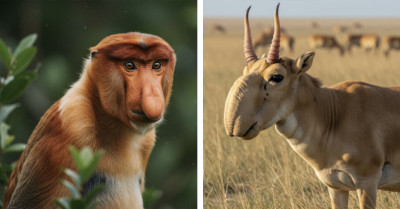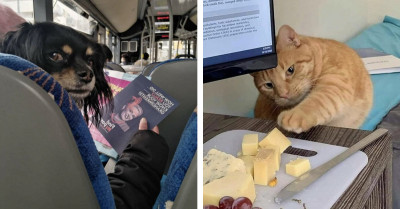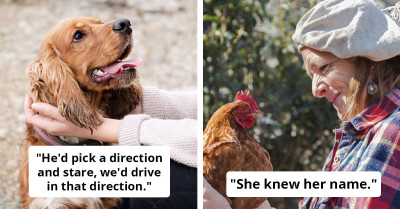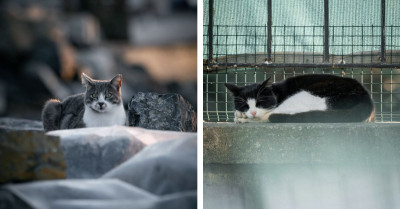Moose and Her Calves Sneak Into Family's Backyard and Have the Best Time
In our busy lives, the simplest moments often bring the most joy. Nature has a unique way of surprising us with its beauty and calmness. This happened to Roland Rydstrom when he had a delightful encounter in his backyard.
One day, Rydstrom had some unexpected but welcome visitors. A mother moose and her two calves wandered into his yard and made themselves at home. These majestic animals brought peace and wonder, making an ordinary day unforgettable.
The moose family spent the entire day in Rydstrom's yard, enjoying the soft grass and peaceful surroundings. The calves felt safe and comfortable, taking naps, playing, and even causing trouble by knocking over a pot of marigolds. Despite this little mishap, Rydstrom was captivated by the scene.
He took many pictures of the enchanting moments and shared them on social media. His photos quickly gained attention, spreading smiles and warmth to many people. The images showed the moose family relaxing, nibbling on plants, and cuddling together. It was a pure and natural scene right in a suburban backyard.
Living in Anchorage, Alaska, Rydstrom is accustomed to seeing moose. They often roam the area and sometimes wander into backyards. These sightings are common but always bring a unique charm and excitement. The presence of wildlife reminds Alaskans of their close connection to nature.
For many people, seeing wildlife up close is fascinating and appealing. Witnessing such cute scenes might even inspire some to dream of moving to places like Alaska. However, for those not ready for such a significant change, enjoying these moments through pictures and stories can be just as rewarding.
The stunning scenery moved Rydstrom, and he took several photos of the joyful family, later sharing them on Facebook.
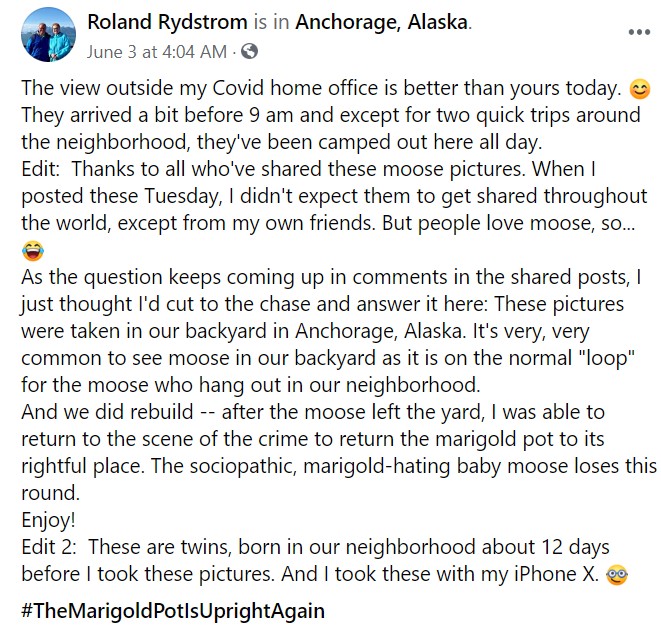
In Anchorage, Alaska, moose are a common and fascinating sight.
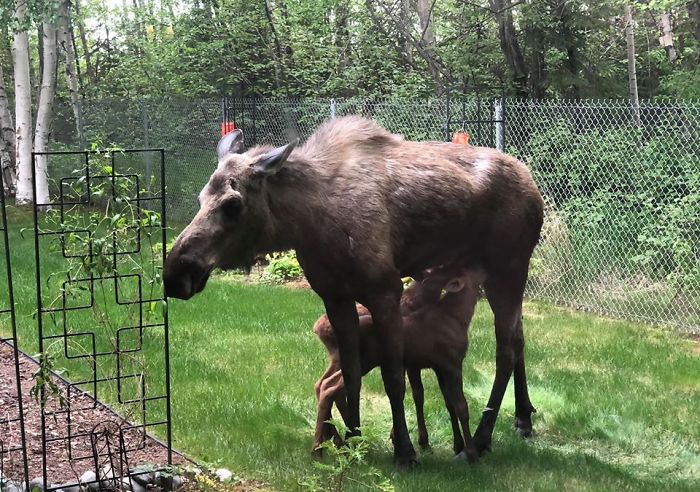
These large, majestic animals are well-adapted to the rugged Alaskan environment, and it's not unusual to see a moose cow with her calves wandering through the city, particularly in residential areas, parks, and along trails.
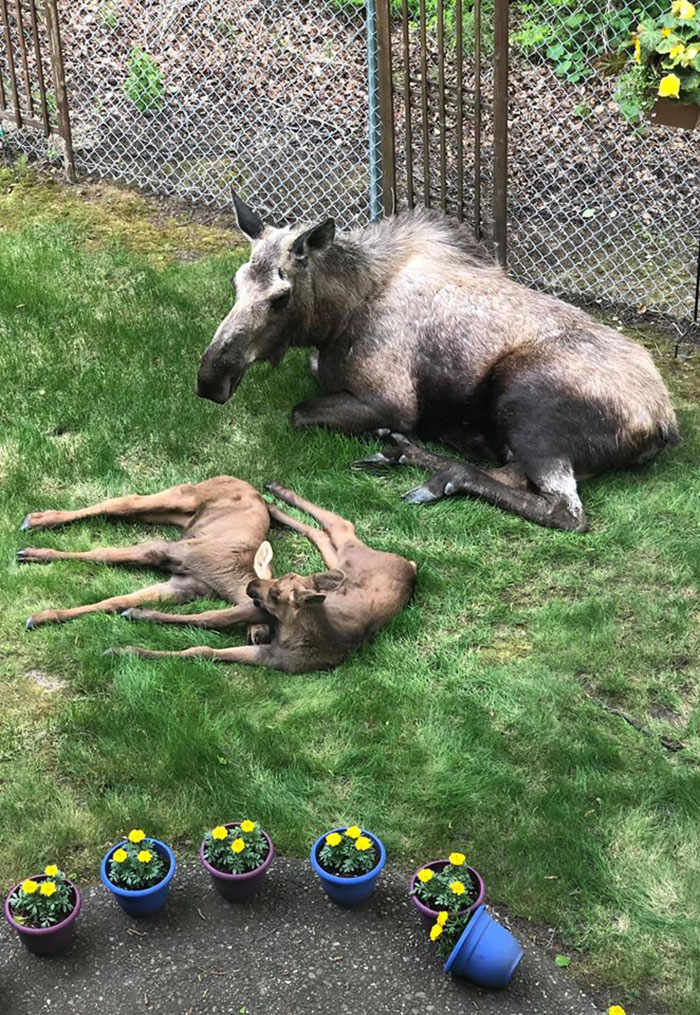
The Value of Nature
Dr. Richard Louv, author of 'Last Child in the Woods,' emphasizes the importance of nature in our lives. His research indicates that interactions with wildlife, like the moose encounter in Rydstrom's backyard, can significantly enhance mental well-being and reduce stress.
Louv argues that these moments create a sense of connection to nature, which is vital for our emotional health. Encouraging families to engage with local wildlife can foster a greater appreciation for natural habitats.
Dr. Andrew Weil, an integrative medicine expert, emphasizes the therapeutic benefits of nature exposure. He notes that spending time outdoors can enhance mental health, reduce anxiety, and promote overall wellness.
For families, creating a routine that includes outdoor activities can be incredibly beneficial. Simple practices like morning walks in nature or mindfulness exercises under trees can significantly improve mood and foster familial connections while benefiting individual well-being.
In Anchorage, they often find food and safety in the green spaces within and around the city.
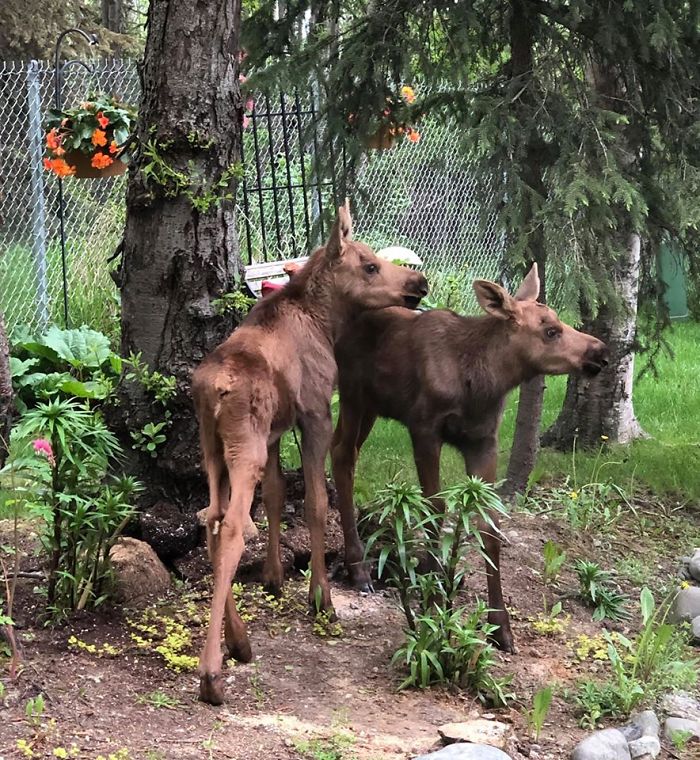
A female moose, called a cow, has a gestation period of about eight months.
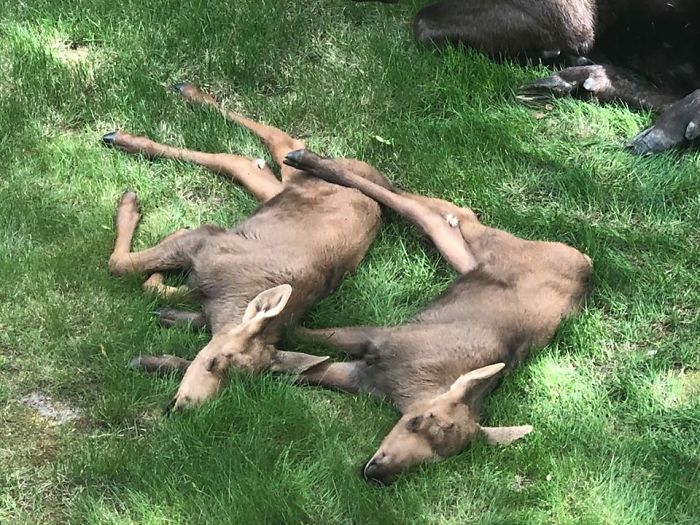
Calves are typically born in late spring or early summer.
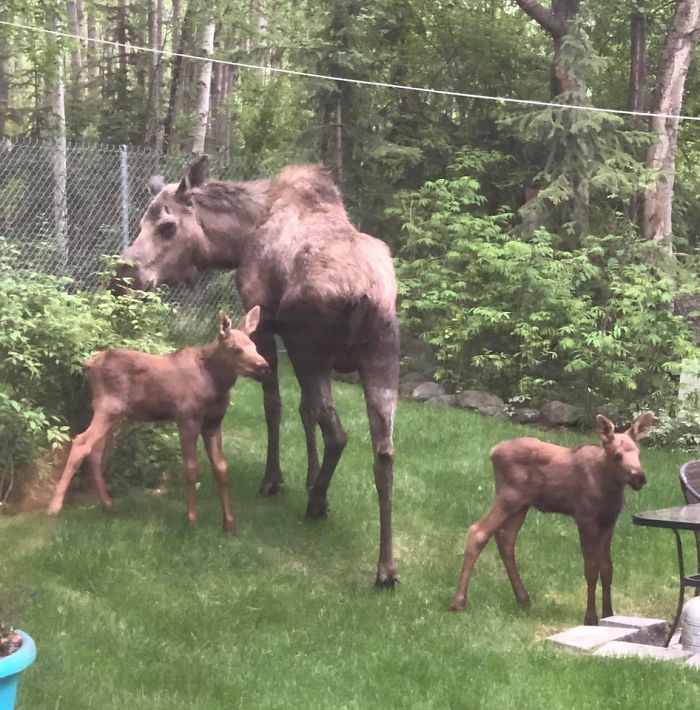
A wildlife expert, Dr. Jane Goodall, highlights the importance of coexistence with wildlife in urban settings. She suggests that understanding animal behavior can help mitigate human-wildlife conflicts.
For instance, maintaining a wildlife-friendly garden, using fencing, and securing trash can deter animals like moose from entering backyards. These strategies promote a harmonious relationship between humans and wildlife while ensuring safety for both parties.
At birth, calves are relatively large, weighing between 25 and 35 pounds.

These calves are born with a reddish-brown coat and can stand and walk within hours of birth.

They stay close to their mother for the first few months.
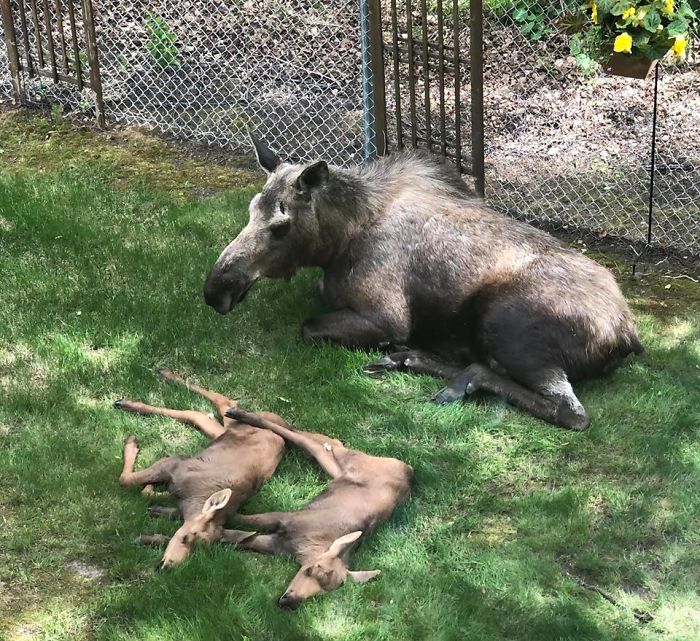
Childhood Lessons from Nature
Dr. David Sobel, an educator and author, stresses the educational value of children's interactions with nature. He notes that experiences like watching moose play can inspire curiosity and learning about wildlife and ecosystems.
Incorporating nature into family activities can bolster children's understanding of environmental stewardship. Families can create outdoor scavenger hunts or encourage wildlife observations to deepen their appreciation for nature while fostering a sense of responsibility for the environment.
Calves rely on their mother’s milk for the first few months of life.

Moose milk is rich in fat, providing essential nutrients for rapid growth.

The mother teaches the calves how to find food and recognize threats. This period of learning is critical for the calves’ development.

Dr. Michele Gelfand, a cultural psychologist, emphasizes how shared experiences, like those involving local wildlife, can strengthen family bonds. She notes that engaging in shared activities fosters a sense of unity and belonging.
To maximize these bonding opportunities, families can plan regular outings to natural areas or create backyard wildlife observation sessions. This not only enriches relationships but also cultivates a shared appreciation for the beauty of nature.
Calves start to eat solid food within a few weeks but are typically weaned by six months.
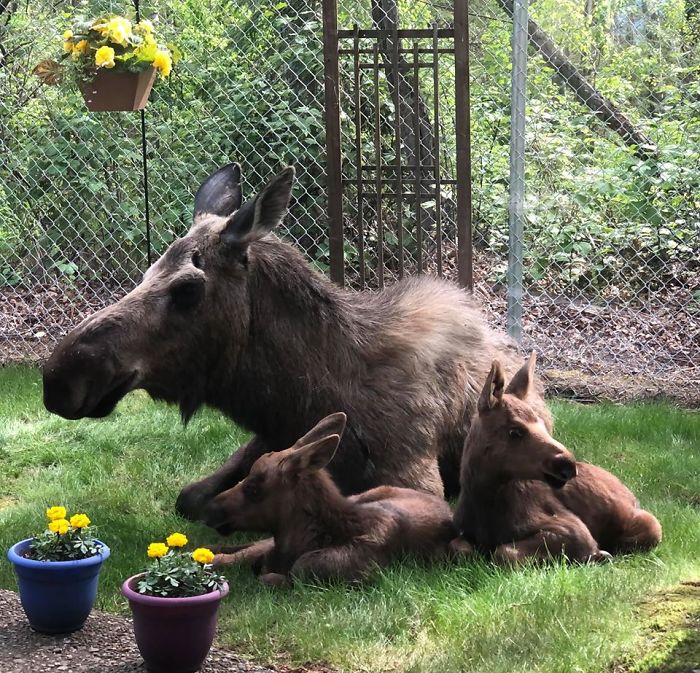
They continue to stay with their mother for about a year.
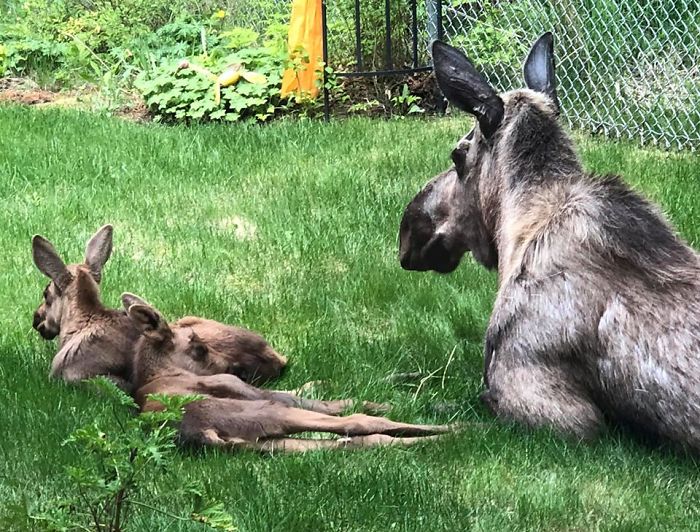
After a year, their mother usually drives the calves away as she prepares to give birth to a new set of calves.
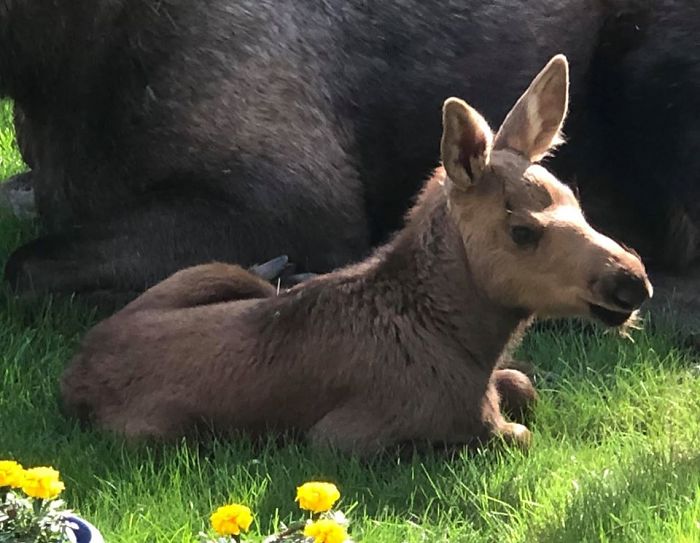
Understanding Wildlife Behavior
Wildlife biologist Dr. John Marzluff explains that understanding animal behavior is crucial for peaceful coexistence. Animals, including moose, are drawn to areas with food and shelter, which often overlap with human spaces.
To minimize unwanted visits, it’s important to secure gardens and remove attractants like pet food or birdseed. Educating families on these behaviors can prevent future incursions and foster a more respectful approach to wildlife management.
The young moose must then establish their territory.
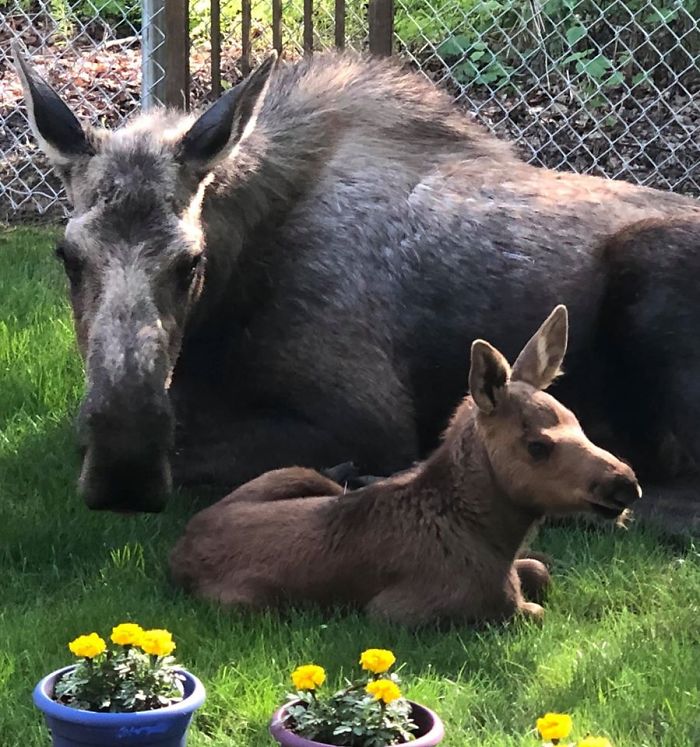
Calves are vulnerable to predators.
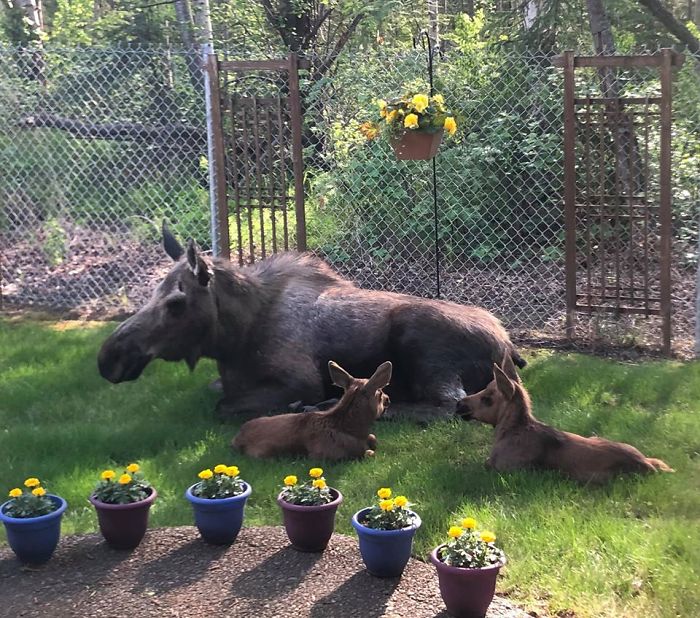
Residents and visitors in Anchorage enjoy watching these magnificent creatures, but it is essential to remember that moose can be dangerous, especially mother moose with her calves.
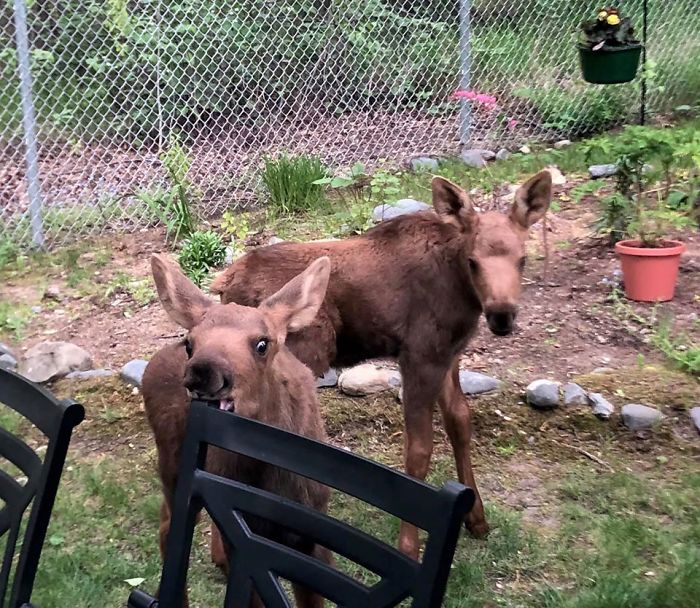
Dr. Stan Tatkin, a couples therapist, highlights the importance of shared experiences in strengthening family dynamics. Engaging with nature can create lasting memories that families treasure.
He suggests that planning regular nature excursions can enhance emotional connections among family members. Simple activities like hiking, picnicking, or even backyard wildlife watching can serve as bonding experiences, enriching relationships and promoting well-being.
To safely observe moose in Anchorage, it is crucial to maintain a respectful distance. Never approach a moose, particularly a cow with calves, and give them plenty of space to move freely.
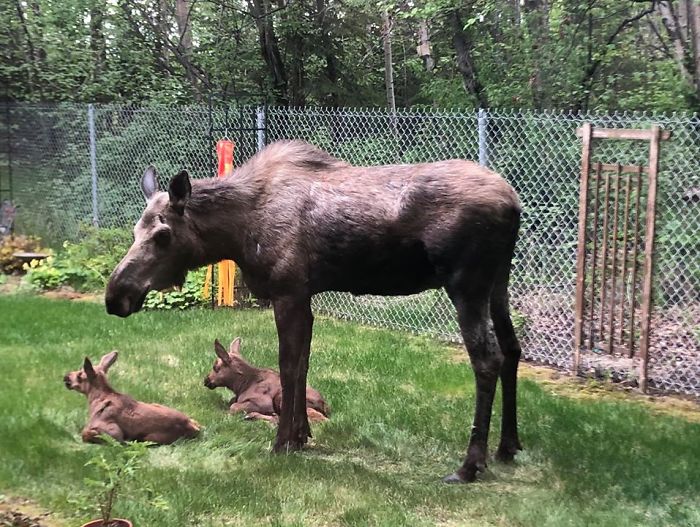
Anchorage residents have learned to coexist with moose, implementing various measures to reduce conflicts and ensure the safety of both humans and animals.
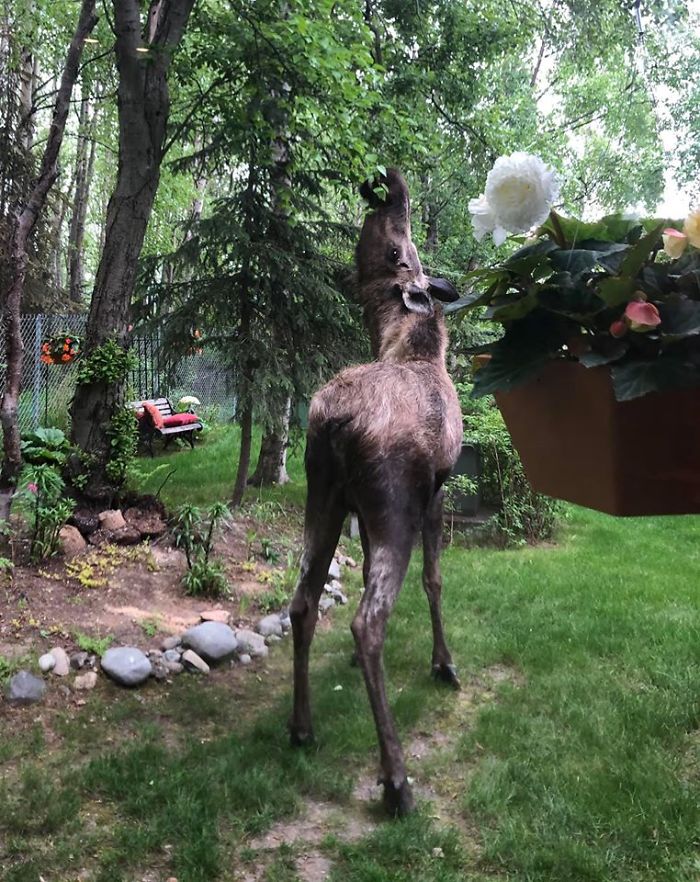
For example, many people use fencing to protect their gardens and ornamental plants from hungry moose.
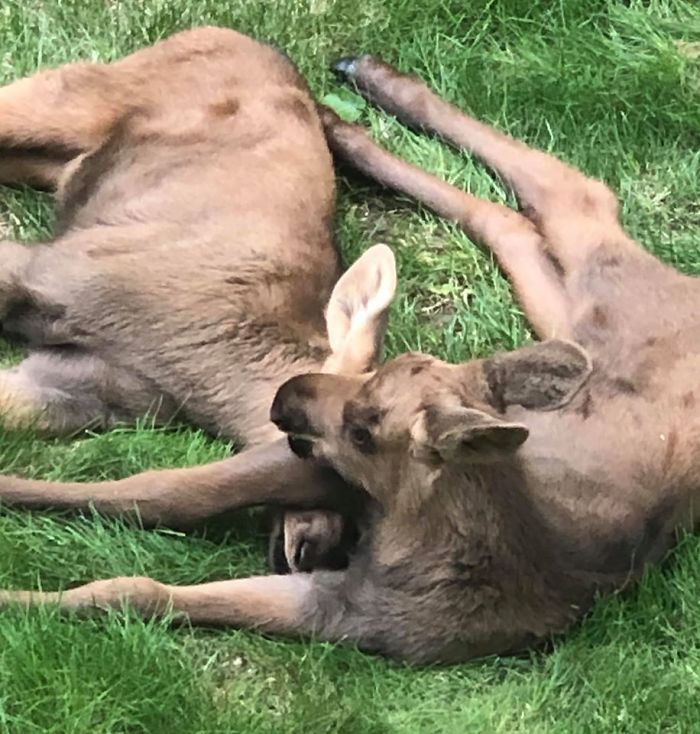
The Role of Community
Community engagement plays a vital role in fostering appreciation for local wildlife. Dr. Pasi Sahlberg, an education expert, suggests that involving children in community conservation efforts can deepen their connection to nature.
Programs like wildlife monitoring or local clean-up days create opportunities for families to actively participate in preserving their environment. Such initiatives not only educate but also instill a sense of responsibility, ensuring future generations cherish and protect their natural surroundings.
Rydstrom's story shows how nature can bring joy and a sense of connection to our lives, even in unexpected ways. It reminds us to appreciate simple pleasures and be open to nature's surprises.
By sharing his experience, Rydstrom documented a special moment and spread a message of appreciation for wildlife. His story encourages others to look for the beauty around them and cherish nature's spontaneous gifts.
Encounters with wildlife, such as the moose family in Rydstrom's backyard, remind us of the importance of nature in our lives. Engaging with wildlife not only enhances family bonds but also enriches our understanding of the natural world.
Experts across fields advocate for integrating nature into our daily routines, thereby fostering a sense of responsibility and appreciation for our environment. By creating wildlife-friendly spaces and engaging in communal conservation efforts, we can cultivate a harmonious relationship with the natural world and promote well-being for ourselves and future generations.
